Sepsis: When Simple Infections Turn Deadly and How to Stop It
Introduction: Unmasking the Silent Killer
 Remember that time you shrugged off a seemingly harmless scrape on your knee? Sure, most of the time, it’s nothing but a minor inconvenience. But what if that scrape morphed into something far more menacing? What if
that 'nothing' became 'something'? Meet sepsis—the sinister transformation of a simple infection into a life-threatening condition. It's like a dark plot twist in a movie you didn't even know you were starring in. But don't worry, this isn't
all doom and gloom. This guide is your road map to understanding and conquering this medical villain.
Remember that time you shrugged off a seemingly harmless scrape on your knee? Sure, most of the time, it’s nothing but a minor inconvenience. But what if that scrape morphed into something far more menacing? What if
that 'nothing' became 'something'? Meet sepsis—the sinister transformation of a simple infection into a life-threatening condition. It's like a dark plot twist in a movie you didn't even know you were starring in. But don't worry, this isn't
all doom and gloom. This guide is your road map to understanding and conquering this medical villain.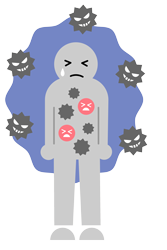 Decoding Sepsis: What Exactly Is It?
Decoding Sepsis: What Exactly Is It?
In simple terms, sepsis is your body's over-the-top reaction to an infection. Imagine your immune system as an overzealous bouncer at a club. Normally, its job is to kick out unruly guests—in this case, bacteria or viruses. But with sepsis, the
bouncer goes haywire, tossing out VIP guests—your vital organs—alongside the troublemakers. So, why does this happen? Biologically speaking, it's an immune response gone rogue. Your body releases chemicals to fight off the infection, but
sometimes these chemicals cause widespread inflammation, which can lead to organ failure. Talk about a plan backfiring, right?
Understanding the Severity: Alarming Statistics
Let's put some numbers on this beast, shall we? According to estimates, sepsis affects more than 1.7 million adults in the United States each year. Approximately 270,000 of these cases result in death. That's like wiping out a small city every year! Globally, the number goes up to an eye-watering 49 million cases with 11 million deaths. If that doesn't make you sit up straight, I don't know what will. And here's the kicker: sepsis often starts from basic infections that most of us think are "no big deal." So yes, the scale of this problem is gargantuan.

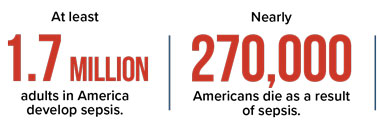

Deciphering the Symptoms: Your Body's S.O.S
You know those fire drills that teach you how to react during an emergency? Consider this your fire drill for sepsis. Recognizing its symptoms can make the difference between life and death. Here’s the tricky part: sepsis symptoms are often mistaken
for those of common infections. We're talking fever, extreme discomfort, and rapid heartbeat. But then there are the less common signs like confusion, shortness of breath, and clammy or sweaty skin. If you're experiencing a combination of these symptoms
and you've had a recent injury or infection, it’s time to hit the emergency button.

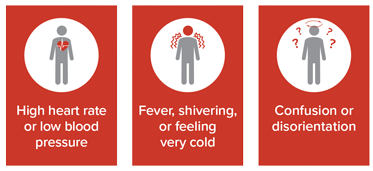
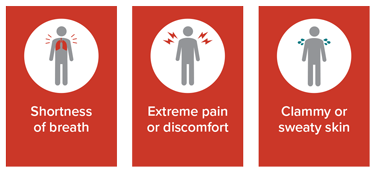
Prevention and Treatment: Your Playbook Against Sepsis
The best way to tackle sepsis is to stop it before it starts. Sounds simple, right? But how? Step one is preventing infections—practice good hygiene, keep wounds clean, and get vaccinated. Next, if you do fall ill or get injured, don't ignore symptoms.
Seek immediate medical help. Now, if you've already crossed into sepsis territory, immediate medical intervention is crucial. We're talking antibiotics, intravenous fluids, and in severe cases, organ support. Once you're past the critical stage, the
battle isn’t over yet. Post-sepsis syndrome is a reality and requires vigilant aftercare. Think of it as rehab for your body after it’s been through a war.

Conclusion: Knowledge is Your Best Defense
Here's the thing, no one ever thinks sepsis can happen to them until it does. Knowing is half the battle. The more you understand about sepsis, its symptoms, and prevention, the better equipped you are to stop it dead in its tracks. Your body's a temple,
but even temples can be besieged. You now have the blueprint to fortify your defenses. Use it wisely.
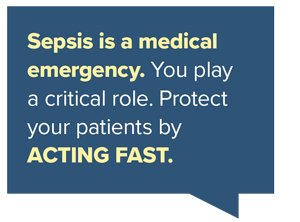
FAQs
How quickly can sepsis develop?
Sepsis can progress within a matter of hours, so prompt medical attention is crucial.
Is sepsis contagious?
Sepsis itself is not contagious, but the underlying infection causing it can be.
Can young, healthy people get sepsis?
Absolutely. Sepsis does not discriminate based on age or health.
